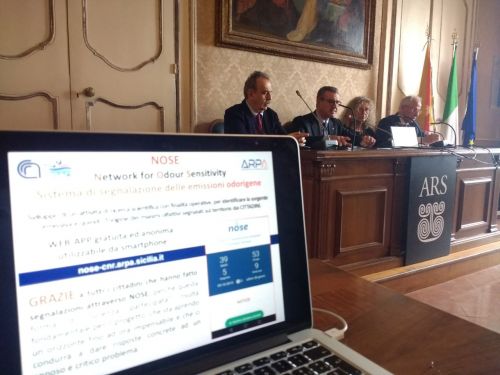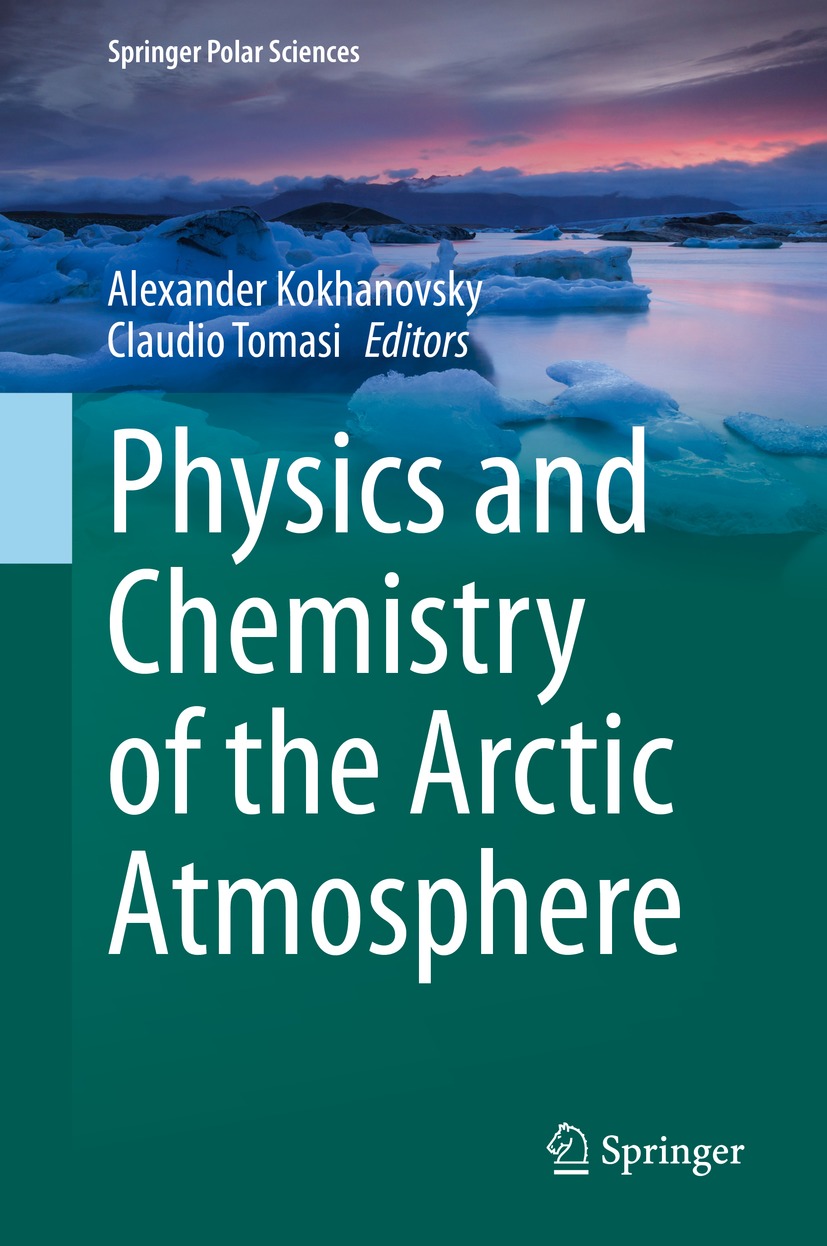Fisica delle nubi
Insegnamento: Fisica delle nubi
Corso Laurea Magistrale in Fisica del sistema Terra
Università UniBO
anni accademici 2019/2020
docente Vincenzo Levizzani
Link all’insegnamento: https://www.unibo.it/it/didattica/insegnamenti/insegnamento/2018/384495


